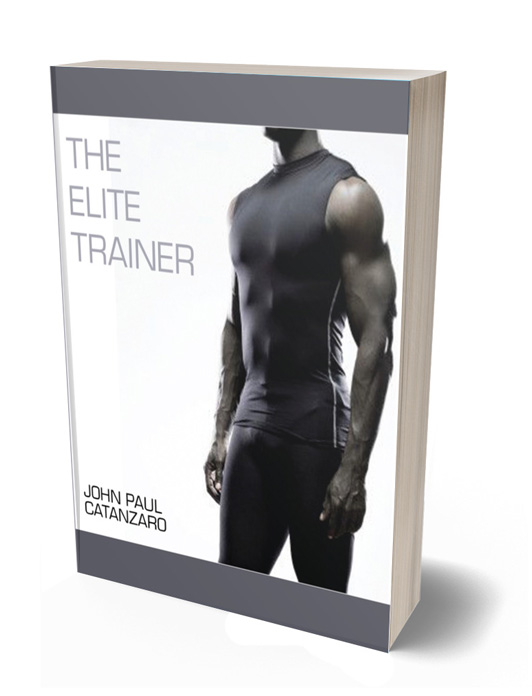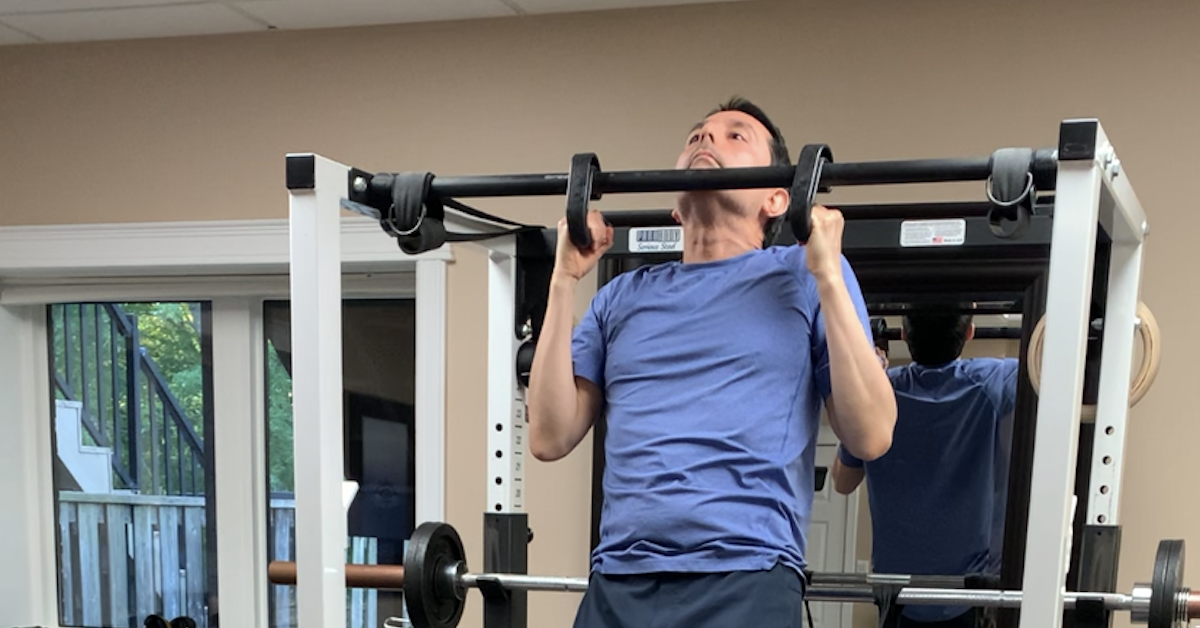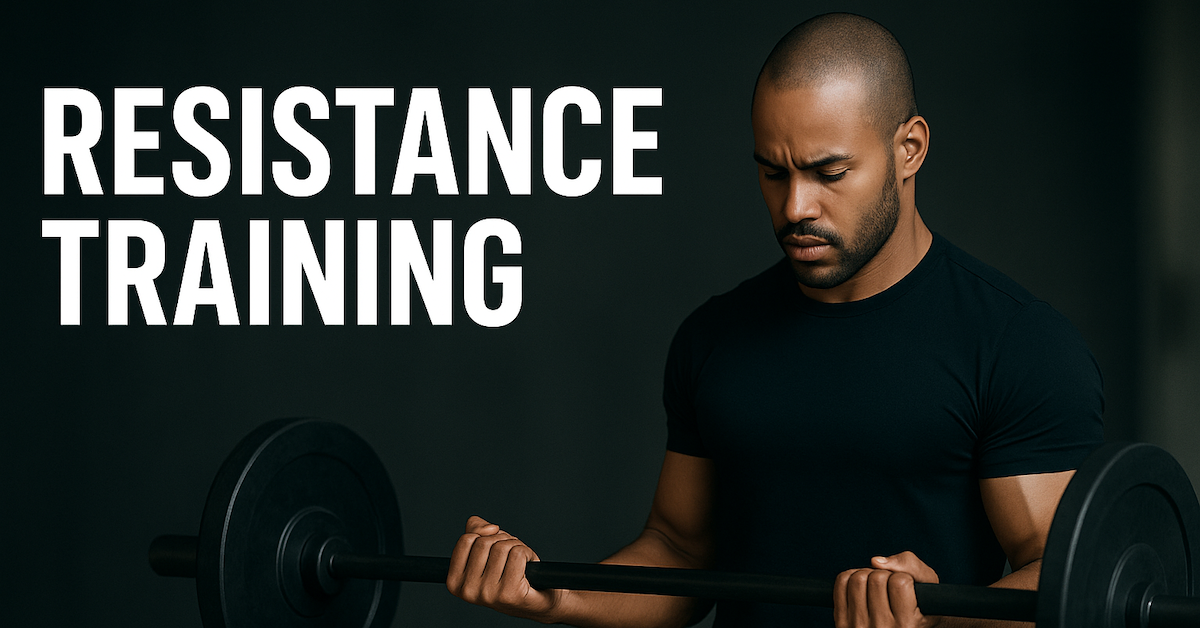Weight training can have a profound effect on bone density — but only if the weights lifted are truly significant and supported by the spine, not just moved by the limbs. Squats fit the bill perfectly. Unfortunately, most females don’t go heavy enough to fully reap these bone-building benefits.
A common concern among women is that lifting heavy weights will make them big and bulky. Typically, that’s not the case. In fact, lifting heavy weights for low reps is one of the best ways to gain strength without adding much size.
Another fear? Getting “stuck” at the bottom of a heavy squat. Fortunately, there are smart strategies to modify the resistance and the loading pattern between sets to address that concern. Let’s take a look.
Accommodating Resistance with Chains
Chains have become a popular form of accommodating resistance in recent decades — and for good reason. Exercises like squats follow an ascending strength curve, meaning you’re stronger near the top of the movement and weaker at the bottom. Chains help balance that out.
Attach chains to each side of a barbell. As you lower into the squat, the chains pile onto the floor, decreasing resistance. As you rise, the links lift off the ground, increasing resistance exactly where you’re strongest.
Simple, effective, and surprisingly fun.
Postactivation Potentiation with Wave Loading
Wave loading is a powerful training method where you gradually increase the weight and decrease the reps over several sets (like climbing a pyramid). Once you reach the top, you reset and repeat the process, often getting stronger with each successive wave due to postactivation potentiation.
Here’s an example of wave loading for a female client with a few years of training experience:
| Wave 1 | Wave 2 | Wave 3 |
|---|---|---|
| 185 lb x 6 reps | 187.5 lb x 6 reps | 190 lb x 6 reps |
| 205 lb x 4 reps | 207.5 lb x 4 reps | 210 lb x 4 reps |
| 225 lb x 2 reps | 227.5 lb x 2 reps | 230 lb x 2 reps |
Most lifters perform 2-3 waves per workout, although elite athletes may handle a 4th wave while still benefiting from the potentiation effect.
The Synergy of Chains and Waves
When you combine accommodating resistance (chains) with wave loading, the result is a powerful stimulus for strength and muscle development — for both males and females.
Here’s an example of this combination in action. Watch my client, Chantal, performing the first wave of front squats with chains:
Want a sample wave loading plan designed to build strength without increasing body weight? Check out the three-day relative strength split on page 152 of The Elite Trainer.
Tomorrow, I’ll share a wave loading plan designed to build both strength and size.

The Elite Trainer: Strength Training for the Serious Professional
The Elite Trainer is the go-to resource for strength coaches, personal trainers, and serious lifters who want to master program design. Covering everything from sets and reps to tempo, rest, and periodization, this book gives you the tools to create individualized programs that deliver results. Packed with proven methods, expert insights, and over 100 exercise illustrations, it’s a must-have reference for anyone serious about strength training.

From Zero to Two: Leo’s Chin-Up Breakthrough
When Leo began training with me in September 2024, our first goal was to improve body composition — lose fat,

Resistance Training Foundations: How to Progress Safely and Build Real Strength
Resistance training isn’t just for bodybuilders. Whether you’re just starting out, returning after a break, or training for performance, knowing

Neck Extensions Before Arm Curls: Unlock More Strength
When most people warm up for arm curls, they’ll hit a few light sets or maybe stretch out a bit.
follow
Error: No feed with the ID 2 found.
Please go to the Instagram Feed settings page to create a feed.
